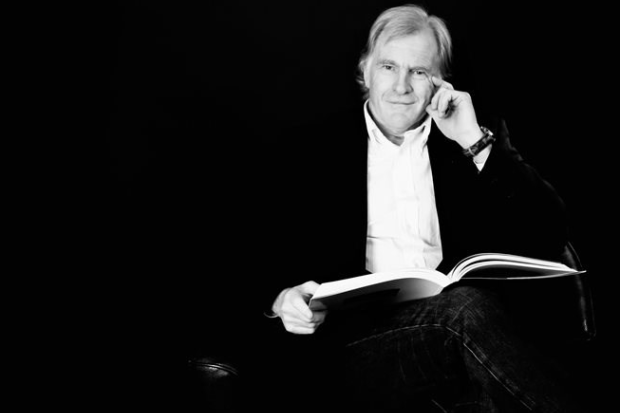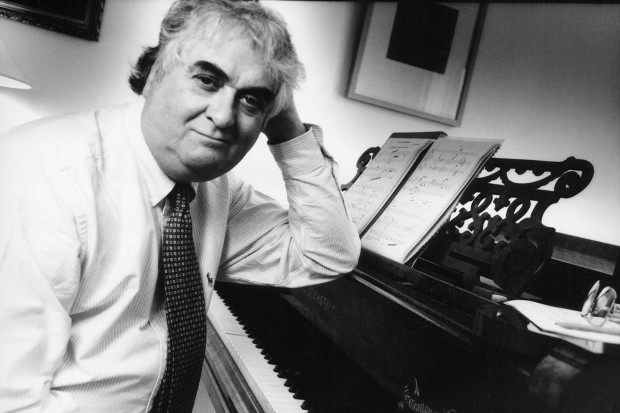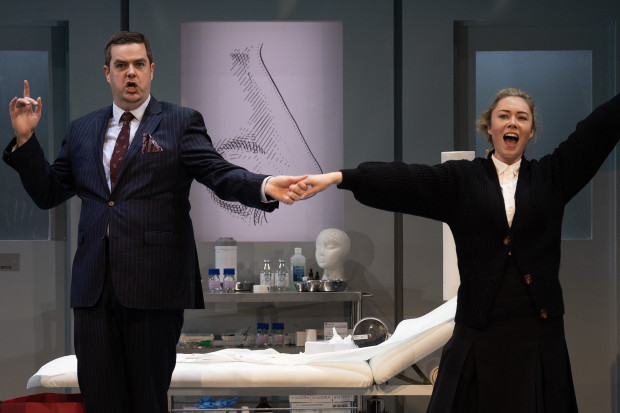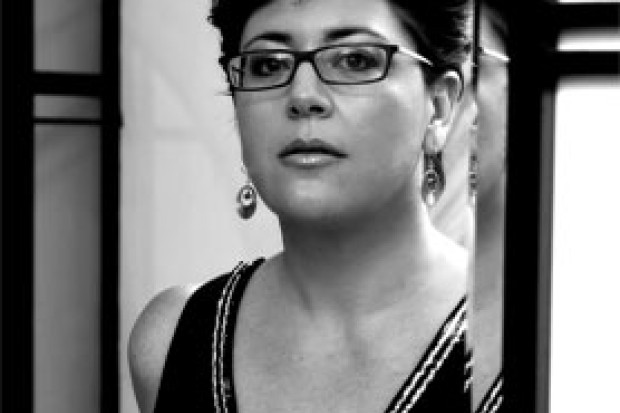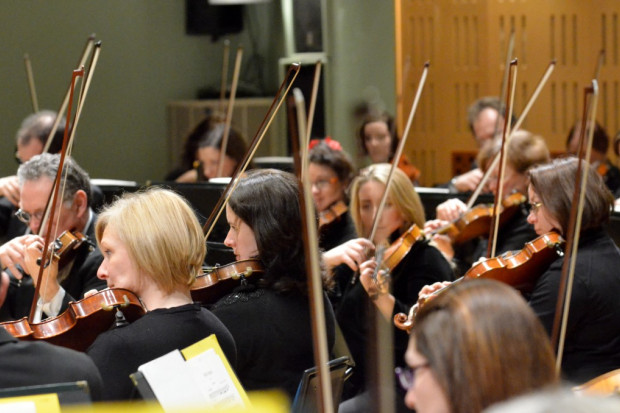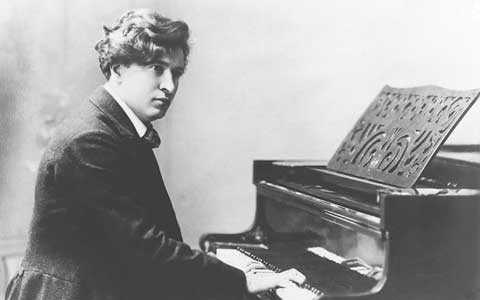
Busoni
From the Raw to the Cooked
It is rare enough for composers to come together to exchange ideas about their techniques and aesthetic concerns in a setting where the discussion can get into the detail of compositional technique. The most likely place for such an exchange is a summer course devoted to creating new work. There are some notable examples of this around Europe and the USA; and in Ireland the outstanding example is the Irish Composition Summer School. Last July its twenty-seventh edition took place at the DIT Conservatory of Music in Dublin. Most of the course consists of structured seminars and one-to-one sessions on works in progress. In addition there are occasional discussions on more general topics: This year a panel of young composers – Judith Ring, Sean Clancy, Benedict Schlepper-Connolly, Linda Buckley and Peter Moran – took on the subject of ‘conceptualisation’ in an open discussion involving the student composers attending the course and led by this author.
We sought to put some shape on the rather formless part of the composing process covered by ‘conceptualisation’; and also to discuss, to a limited extent, how that part of the process segues into writing the music down. There is not much existing literature on this subject: understandably, it’s not considered part of theory or standard musicology. Nevertheless perhaps there is scope for opening up the area to research or at least reportage, as here. Composers have in the past touched on it here and there, in, for example, Busoni’s Sketch of a New Aesthetic in Music, Ligeti’s Ligeti in Conversation and Stravinsky’s Poetics of Music.
What the panel found was that the early stages of thinking a piece into being, as it were from nothing, can come from a wide range of musical or extra-musical stimuli. There are no ‘normal’ ways of doing this, although there are many composers who have methods in common, without knowing about it. Certain things tend to be set up in advance for a new piece of music, such as the time-length and the instrumental forces; but after that it is usual for the composer to have a complete and daunting freedom. The physical, social or artistic situation in which the music will be heard may enter into the composer’s calculations, or it may not. It may do so in a spirit of co-operation (with the audience) or even defiance. Apart from that, the composer usually finds within themselves a vague image of the piece’s sound that is not yet real. Days or weeks may pass while the vague sound image is somehow brought together.
Perhaps the general public thinks that a small bit of music is written, then extended, and soon the whole piece is there; but that is not the only way, nor probably the most common. In fact it is not uncommon for extensive imaginings of sounds – aural hallucinations – to be developed over a long time before the piece starts to get written in musical notation. Graphic drawings, written chronicles and other aides-mémoires may address the micro or the macro structuring before that first bar is fixed. Pitches may not have been definitively chosen, nor notations pinned down precisely, and yet at the same time the rough sound-image can be quite specific in regard to multiple parameters: rhythm, timbre, tessitura, dynamic contours and so on. The tricky thing is that there is no single way, and no right way. For instance, some would advise that organising the macro before you have any micro is absurd; others might argue the other way around.
What seems to be common to many cases is that something vague, yet stirring, that can be held on to and returned to will guide the creative process. It is possible to write from an initial musical idea that consists of notes on a page, but something somewhere also has to fire the passions: merely pushing notes around can quickly become arid and dispiriting, whereas a notion that includes poetic mood, quasi-dramatic potentialities or some kind of intriguing engagement is more likely to stick around for the weeks and months of the working-out phase. This is why programme notes from composers often include references to memories, stories, moods, landscapes, images or processes from other arts or from sciences and mathematics. These cavernous gestalts somehow become translated into aural images, are perhaps captured in the rough in some way, and eventually become specific enough to notate.
It may sound roundabout or convoluted, but what the panel found was that the whole undefined area is actually practical, and comes with experience. Thus a conceptualisation may serve in a number of ways: initially with the problem of getting started, as a way to get in and out of the piece without losing the thread, and with creating a ‘flow state’. Further on, it helps with motivation, with the operation of multiple parameters and by suggesting unexpected options. All of these things also serve to save time. The ‘unexpected options’ category is interesting: where the concept has a sort of abstract dramaturgy, or is perhaps pinned to an external plotline of some kind, it will raise problems of ‘realisation’ that will create a search for new technical solutions and thus break unanticipated new ground. This recalls what many novelists report; of the characters, after a while in the writing process, seeming to suggest the plot development.
That gets one as far as what Ligeti termed the ‘raw musical idea’. The next stage he termed ‘injecting a series of links’, and the panel discussed some of the standard and maybe less standard ways in which notated material can be unified and varied to serve the raw concept. To go into that here would become unduly technical, except perhaps to mention that here also the number of approaches these days is broad, and each composer present had a different view. There was further discussion of how the ‘conceptualisation’ may be adhered to or partly jettisoned, like a booster rocket, once the ‘concrete’ form of the piece substantially exists. Insights were shared into how composers draw from the historical practice as well as the more current, or how they re-interpret others’ practices. As individual composers work in the context of their overall output, they also develop a personal library of techniques/sounds built up over years of making new music: partly original, partly synthesised and partly acquired from other composers past and present. What also needs to be noted is that many composers will inevitably report the novel or original aspects of their techniques – the traditional area of how material is varied is downplayed or assumed as given, so to speak. Also, in the case of many composers’ writings, the decisions that were intuitive are almost never chronicled, so a bias towards systematisation exists, but that is only in the reporting of what goes on.
Just as we discussed a gradual transformation of ‘raw’ music into ‘cooked’, this session perhaps allowed the young composers to depart the school feeling themselves less raw; more in touch with what their colleagues actually do, and more experienced.
The composers teaching at this year’s course were Nicola LeFanu, Martin O’Leary, Judith Ring, Ian Brabazon and John McLachlan. The ensemble in residence was the Clarion Horn Trio: Ian Dakin (horn), Elaine Clark (violin) and John Clark (piano). As in previous years the school received generous support from the Arts Council and the Irish Music Rights Organisation (IMRO).
Published on 1 October 2009
John McLachlan is a composer and member of Aosdána. www.johnmclachlan.org












